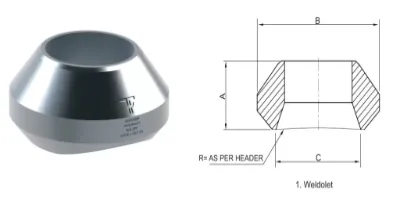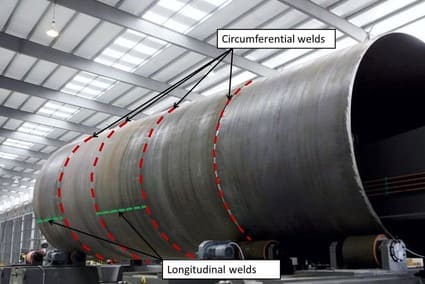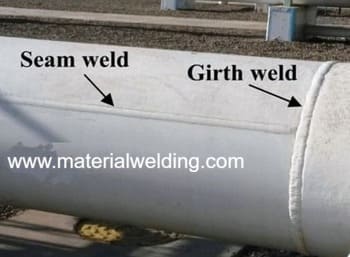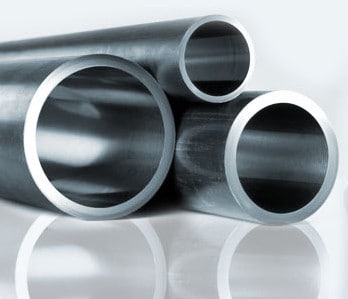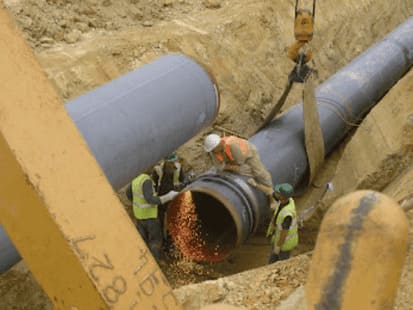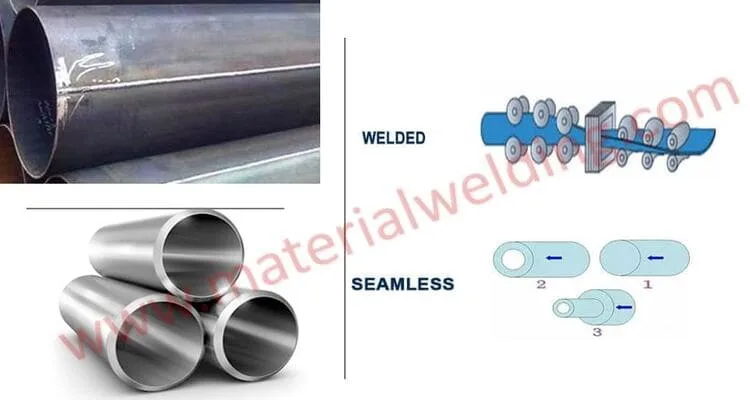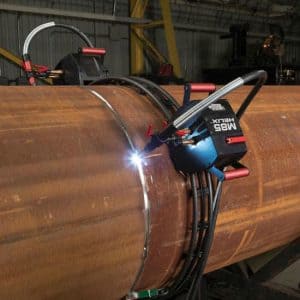Differences Between Socket Weld Butt Weld
Socket weld and butt weld are two types of pipe welding commonly used in the construction of pipelines and other industrial applications.
A socket weld involves attaching a pipe to a fitting by inserting the end of the pipe into a socket on the fitting and then welding it in place.
A butt weld, on the other hand, involves joining two pieces of pipe end-to-end by welding them together.
What is a Socket Weld?
A socket weld is a type of pipe fitting in which a pipe is inserted into a recessed area of a fitting, valve, or flange and then welded in place.
The pipe is inserted into a socket on the fitting, and then a fillet weld is made around the outside of the pipe and fitting.
Read more: Socket Weld & Socket Weld Joint types: Detailed Best Guide
This type of weld is typically used for smaller pipes, typically under 2 inches in diameter, and for pipes that will be carrying relatively low pressure fluids.
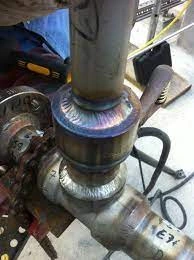
The advantage of a socket weld is that it is easy to make and does not require much skill.
The disadvantage is that it is not as strong as a butt weld and is not recommended for high pressure or high temperature applications.
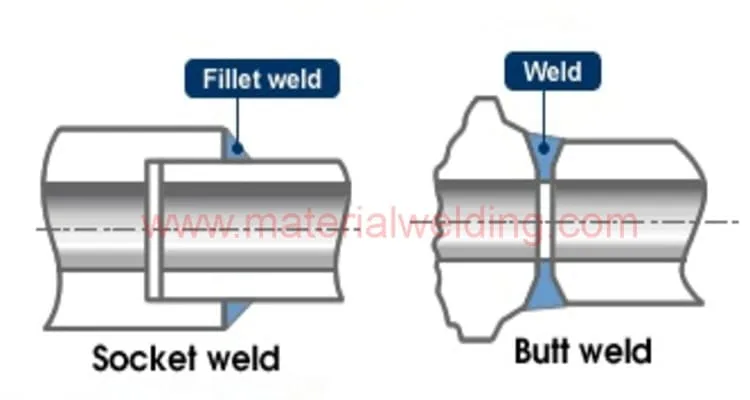
What is a Butt Weld?
A butt weld is a type of pipe welding in which two pieces of pipe are joined end-to-end by welding them together.
The edges of the pipes are beveled to a specific angle and then placed together, and then a weld is made along the joint.
Read more: What is Butt Weld & Its Types.
The resulting weld is a strong and continuous seam that is as strong as the pipe itself.
Butt welds are more common in larger diameter pipes and for pipes carrying high pressure fluids.
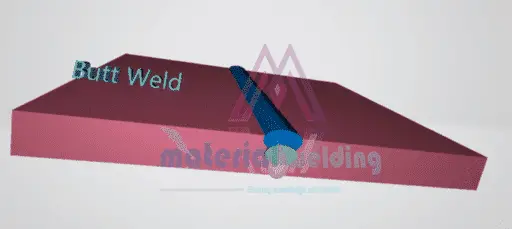
They are also commonly used for high temperature applications.
The advantage of a butt weld is that it is a strong and reliable joint that can withstand high pressure and high temperature.
The disadvantage is that it requires more skill and equipment to make than a socket weld and is generally more time-consuming.
Compared to socket welds, butt welds are used when a strong, reliable and permanent joint is required, typically in large diameter pipes and high pressure/high temperature applications.
Socket Welding vs Butt Welding
| Feature | Socket Weld | Butt Weld |
| Type of joint | Insertion joint | End-to-end joint |
| Pipe size | Smaller, typically under 2 inches (DN 50) | Small & Larger diameter |
| Pressure | Low | High |
| Temperature | Low | High |
| Strength | Not as strong as butt weld | As strong as the pipe itself |
| Skill level | Less skill required | More skill and equipment required |
| Time to complete | Quicker | More time-consuming |
| Welding Seam | Fillet Weld | Groove Weld |
| Ends | With recessed opening | Beveled End |
| NDT | PT & Hydro test | RT & Hydro Test |
| Inspection Cost | Low | High |
| Features | Easy to install, Prone to corrosion. | Required skilled manpower, Less chance of corrosion. |
Butt Weld and Socket Weld Features
Socket welding and butt welding are two common methods of joining pipes in industrial applications. Socket welds are while easy to fabricate but limited to low pressure applications only.
Socket Welding:
- Involves inserting a pipe into a recessed area of a fitting, valve, or flange, and then welding it in place
- Typically used for smaller pipes, typically under 2 inches in diameter
- Not as strong as a butt weld
- Not recommended for high pressure or high temperature applications
- Easy to make and does not require much skill
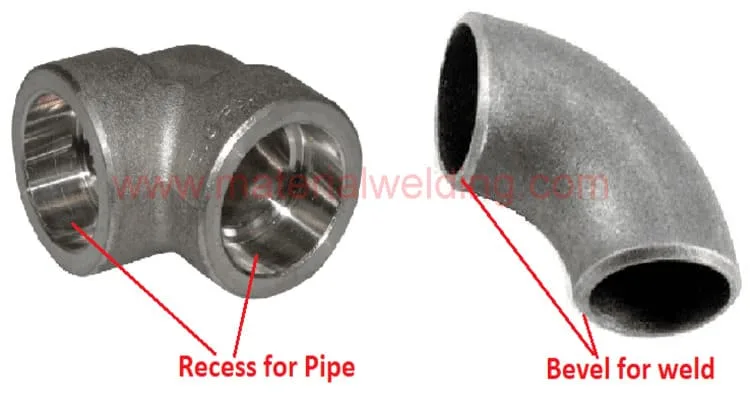
Butt Welding:
- Involves joining two pieces of pipe end-to-end by welding them together
- Typically used for larger diameter pipes and for pipes carrying high pressure fluids
- Strong and reliable joint that can withstand high pressure and high temperature
- Requires more skill and equipment to make than a socket weld
- More time-consuming
